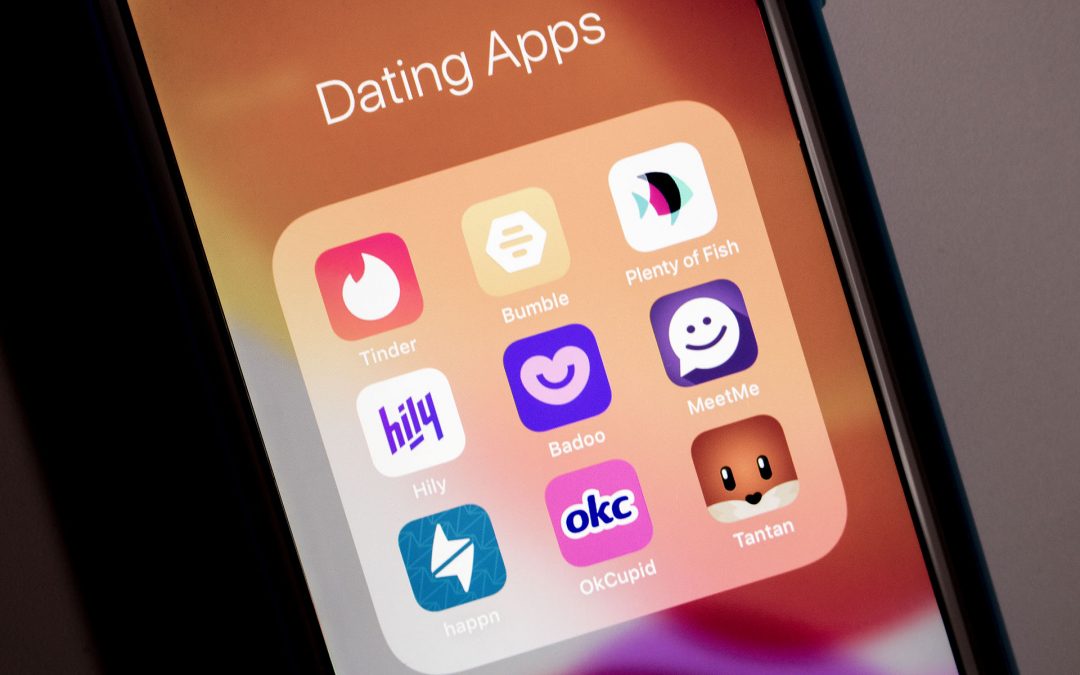In 2020, more and more people resort to meeting apps. Since an IT engineer founded Electronic Classified Inc., a meeting site, back in 1992, several attempts have been made to reshape western morals and to rethink how relationships are to be created and lived. Based on the intuition that many people feel more free and at ease talking via electronic channels, rather than face to face, the site inspired a number of successful apps: Grindr, thought up for the gay community, Wapa, the most renowned app for lesbian encounters and Tinder, which aims to put in touch heterosexual men and women.
Grindr, created in 2009 by Joel Simkhai, features a very straightforward interface: the very first glance totally wipes out the standardised hetero, romantic love story. Centuries of oppression, massacres and witch hunts have fuelled, amid the gay community, the need for a powerful sense of belonging, which overrides everything else. In fact, the homepage doesn’t show one profile at a time, but at least nine. The app seems to say: hey, there’s a lot us, we are a community! Since sex is the basic point here and hypocrisy is unwelcome, the “Bio” section often features explicit and detailed descriptions.
Unlike Grindr, Wapa – created in 2014 – highlights a classical, monogamous trend, as if to say that the women who join this virtual space are looking for something more long-lasting than a one-night stand or a friendship with benefits. Wapa rejects occasionality with pre-set messages and the “Bio” section is fundamental: it includes quotes, poems, personal information and intellectual desires.
Tinder, devised to make Grindr-like services available to straight men and women, is delicately enticing. Everything in the app suggests the consolidation of false myths concerning the evolution of love stories. The assumption – and generally-held opinion – in view of the impossibility of uploading sexually explicit pics and contents, is that men’s non requested proposals make women anxious. Tinder prevents its users from overstepping their bounds, so that it may display itself as a site where to look for long-lasting relationships. After all – the app seems to tell us – if it is true that women are bothered by abrupt flirting in the middle of an interesting conversation, why shouldn’t that be the case in a virtual dimension too?
The issue these apps seem to raise – when it comes to gender differences, in terms of approach – appears to be anchored to the idea that one’s sexual impulses and choices may hinder the possibility of falling in love with someone and building a future together. But that comes as no surprise: meeting platforms are a cross-section of the current reality. They narrate the daily routine of relationships and how they fit the current model; the need to protect women, as if they were doomed to eternally remain children who are fed to the bad wolves; a woman’s anguish for not being in a classical, monogamous couple, perceived as the only alternative solution to solitude and the only option that will allow her to build something. And yet, the classical family model has repeatedly shown to be rather weak.
If, on the one hand, it is true that, in the near future, meeting apps will be the preferred instrument for hooking up and love affairs, the risks we should consider (given the possibility that we might become emotionally illiterate, that we might become affectless, that we might become obsessed with the inability to communicate otherwise) also include the – hazardous – possibility of making it even more difficult to change the status quo.
It is therefore best to focus on the source of our desires and on the traditional family facets we would like to change. Because this model risks creating monsters, as well as unhappy individuals.

Recent Comments